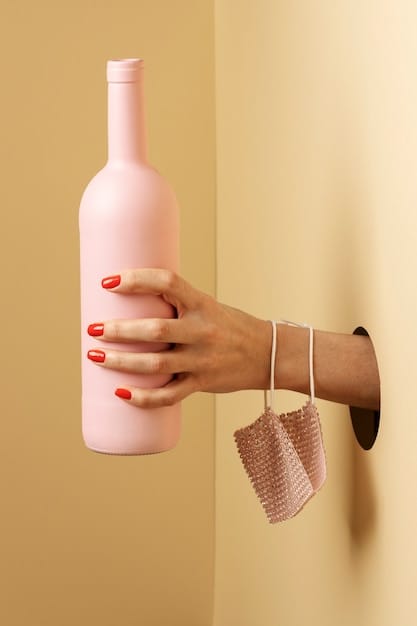
Sometimes, you might find yourself out of nail polish remover and wonder if you can use isopropyl alcohol as a substitute. Isopropyl alcohol, also known as rubbing alcohol, isn’t specifically made for removing nail polish, but it can work in a pinch.
Generally, nail polish removers are formulated with specific solvents targeted at breaking down nail polish. These often include acetone, ethyl acetate, and other ingredients that help protect and moisturize your nails. In contrast, isopropyl alcohol serves various purposes, such as cleaning, disinfecting, and sanitizing, rather than specifically removing nail polish.
Here are some key differences between isopropyl alcohol and nail polish remover:
1. Composition: Isopropyl alcohol usually comes in 70% or 91% concentrations and may include water or other additives. Nail polish removers, on the other hand, contain solvents like acetone or ethyl acetate along with other components to help mitigate drying effects.
2. Uses: Isopropyl alcohol is versatile and used for cleaning, disinfecting, and other household tasks, whereas nail polish remover is designed exclusively for removing nail polish.
3. Drying Effects: Isopropyl alcohol can be quite drying to nails and cuticles. Some nail polish removers include moisturizing ingredients to minimize this drying effect.
4. Odor: Isopropyl alcohol has a strong, distinct smell, while nail polish removers often have added fragrances to make them more pleasant to use.
5. Price: Isopropyl alcohol is usually cheaper and easier to find since it has many uses, whereas nail polish remover tends to be more expensive because it’s a specialized product.
If you need to use isopropyl alcohol to remove nail polish, it can help but won’t be as efficient as a dedicated remover. Here’s how to use it:
1. Work in a well-ventilated area due to the fumes.
2. Moisten a cotton ball or pad with isopropyl alcohol.
3. Press the cotton ball or pad onto the nail, hold it for a few seconds, then gently rub.
4. Repeat as necessary and clean any residue off the nails.
5. Moisturize your nails and cuticles afterward.
Other alternatives to isopropyl alcohol for nail polish removal include:
1. Dedicated Nail Polish Remover: The most efficient option, especially acetone-based ones.
2. Acetone: Highly effective but can be harsh on nails and cuticles, so make sure to moisturize afterward.
3. Ethyl Acetate: Found in non-acetone nail polish removers; less aggressive than acetone.
4. White Vinegar: Can work as a natural option but requires more effort.
5. Lemon Juice: Its acidity can help break down nail polish, though it takes more time.
In conclusion, while isopropyl alcohol can act as a makeshift nail polish remover, it’s not as effective or efficient as dedicated nail polish remover products. Using a product specifically designed for nail polish removal will save you time and protect your nails better.
Isopropyl alcohol and nail polish remover share some commonalities but are fundamentally different. For regular nail polish removal, stick to products designed for that purpose.